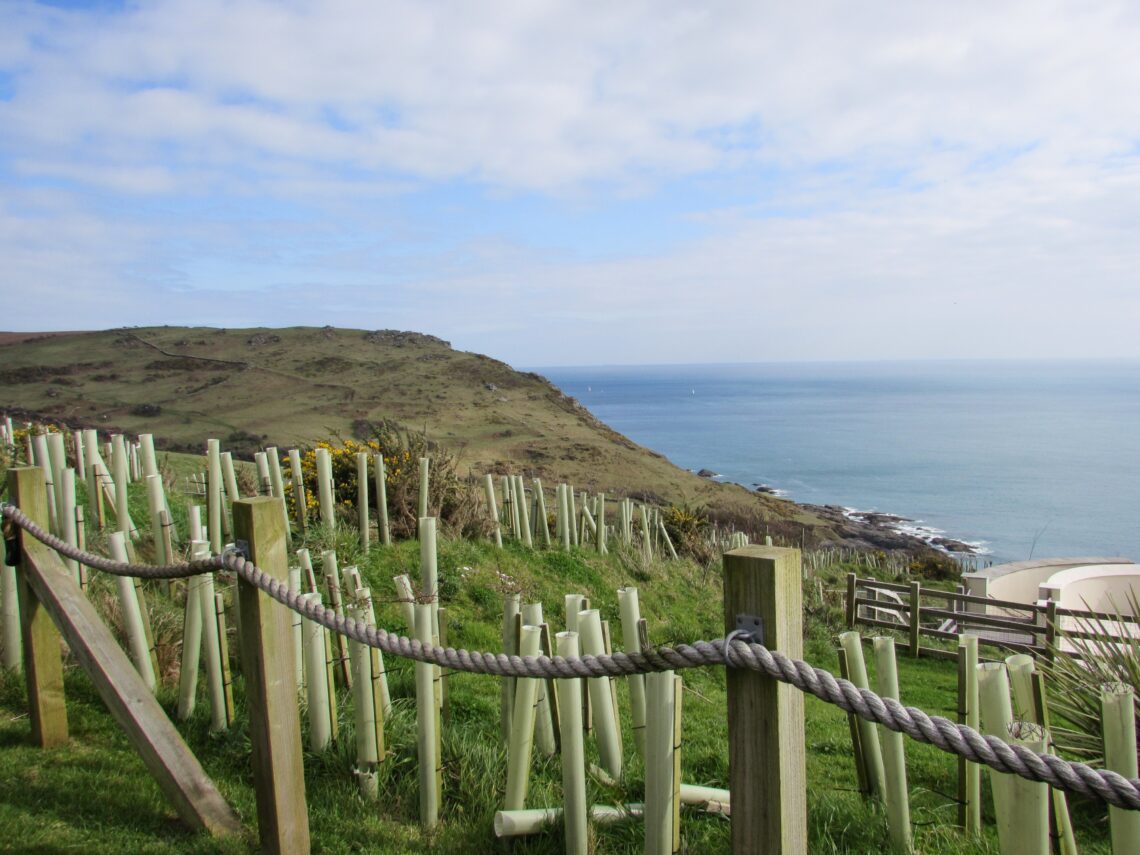
Biodiversity Net Gain in the UK: A Growing Challenge — and Opportunity — for Construction Firms
The UK’s Biodiversity Net Gain (BNG) regulations are shaking up the way property and infrastructure projects are planned. From early 2024, developers must ensure that every site delivers at least 10% more biodiversity than it had before. This isn’t optional — it’s the law — and it’s changing how construction companies approach everything from land sourcing to long-term planning.
A New Kind of Planning Headache
For major developers, BNG has become a real consideration — and, in many cases, a pain point. Many urban and brownfield sites just don’t have the space or ecological baseline to deliver BNG on-site. That means looking for off-site solutions or buying biodiversity units elsewhere. According to DEFRA, the annual cost to the industry could run into hundreds of millions, with biodiversity credits often priced upwards of £11,000 per unit.
And this isn’t just about cost. There’s complexity too: companies must navigate Section 106 agreements, conservation covenants, ecological assessments, and planning authorities — all while trying to deliver on time and on budget.
How the Industry Is Adapting
Forward-thinking construction firms aren’t just scrambling to comply — they’re getting strategic. A few common approaches are emerging:
1. Partnering with Habitat Banks and Landowners
When developers can’t deliver BNG on their own land, they’re turning to third parties. Habitat banks — essentially biodiversity offset sites managed to create and preserve ecological value — are growing in number and importance. Developers are partnering with these operators or landowners to lock in biodiversity credits early.
2. Acquiring or Investing in BNG-Focused Businesses
Some firms are going further by investing directly in BNG providers or even acquiring them. This allows greater control over cost, supply, and compliance — and it positions construction firms at the heart of a growing environmental services market.
3. Bringing Ecology Into the Room Early
Perhaps the biggest shift is cultural. Biodiversity considerations are no longer an afterthought. More companies are involving ecologists and land managers from the very beginning of a project. That means fewer nasty surprises when it’s time to submit planning applications.
A Market in the Making
What’s becoming clear is that BNG isn’t just a regulatory hurdle — it’s a business opportunity. For landowners, it’s a new revenue stream. For construction companies, it’s a chance to build long-term, environmentally positive partnerships. And for investors, it’s a developing market with real growth potential.
We’re already seeing signs of consolidation, with larger players positioning themselves by acquiring smaller, specialist consultancies or habitat providers. Over the next few years, expect to see more of these partnerships — and more deals — as demand for biodiversity units outstrips supply in many parts of the country.
What Comes Next?
Biodiversity Net Gain is here to stay, and it’s reshaping the construction industry in real time. The firms that treat it as a compliance box-tick will likely struggle. The ones that lean in, build the right partnerships, and plan ahead? They’ll not only stay on the right side of regulation — they’ll gain a commercial edge.





